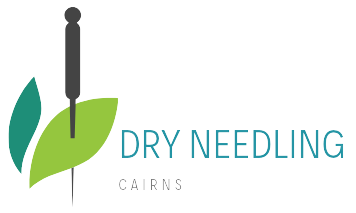Common causes of muscle twitching include the following:
- Physical activity. Lactic acid accumulates in the muscles used during exercise. …
- Stress and anxiety. …
- Stimulants. …
- Nutritent deficiencies. …
- Dehydration. …
- Nicotine. …
- Irritation. …
- Adverse reactions to certain drugs. …
- Electrolyte imbalances. …
- Not getting enough sleep. …
How does dry needling help with muscle twitching? –
If you would like to check our available appointment times or make a booking please click on this link http://cairns-massage-cairns-acupuncture.au1.cliniko.com/bookings
or click on this link https://dryneedlingcairns.com.au and go to book online button.
or you can click the book online button on the www.cairnsmassage.net.au website.
or send a text to 0408 054 538.
Book an appointment today
dry needling releases muscle tension, by causing tight muscles to twitch – or cramp – and then relax. “When you get the twitch response,” she said, “science has shown that will change the biochemical makeup of that trigger point to make it much less irritable.”
(A dry needle is inserted into a trigger point. Once the needle is inserted, the physical therapist will move the needle up and down, like a piston, into the muscle.)
The idea of jabbing needles into a shoulder knot may not sound like a good idea, but the practice can actually offer long term release to muscle pain and even migraine headaches.
Physical therapist Holly Cyr, clinical manager of Rehabilitation Services, said that earlier this year physical therapists at Southern New Hampshire Medical Center in Nashua were trained to offer a new service – dry needling – intended to treat pain and improve movement and range of motion.
The process involves inserting very fine needles – similar to long straight pins – through the skin and into the muscle trigger points to treat what is called myofascial pain. Myofascial pain occurs in the muscle, and the connective tissue surrounding it. There is no medication in the needle, hence it is referred to as “dry.”
As for trigger points, that’s simply the tight painful knots that form when muscles are injured, or strained from repetitive motion. These trigger points are tender to the touch and can also cause pain that spreads to other parts of the body, called referred pain.
To release these knots, dry needling practitioners insert the needle in the trigger point and then move the needled in an up-and-down “pistoning” motion. Cyr said dry needling releases muscle tension, by causing tight muscles to twitch – or cramp – and then relax.
“When you get the twitch response,” she said, “science has shown that will change the biochemical makeup of that trigger point to make it much less irritable.”
Some believe it may also increase blood flow or spark nerve responses that change how a person registers pain, according to hospital officials.
